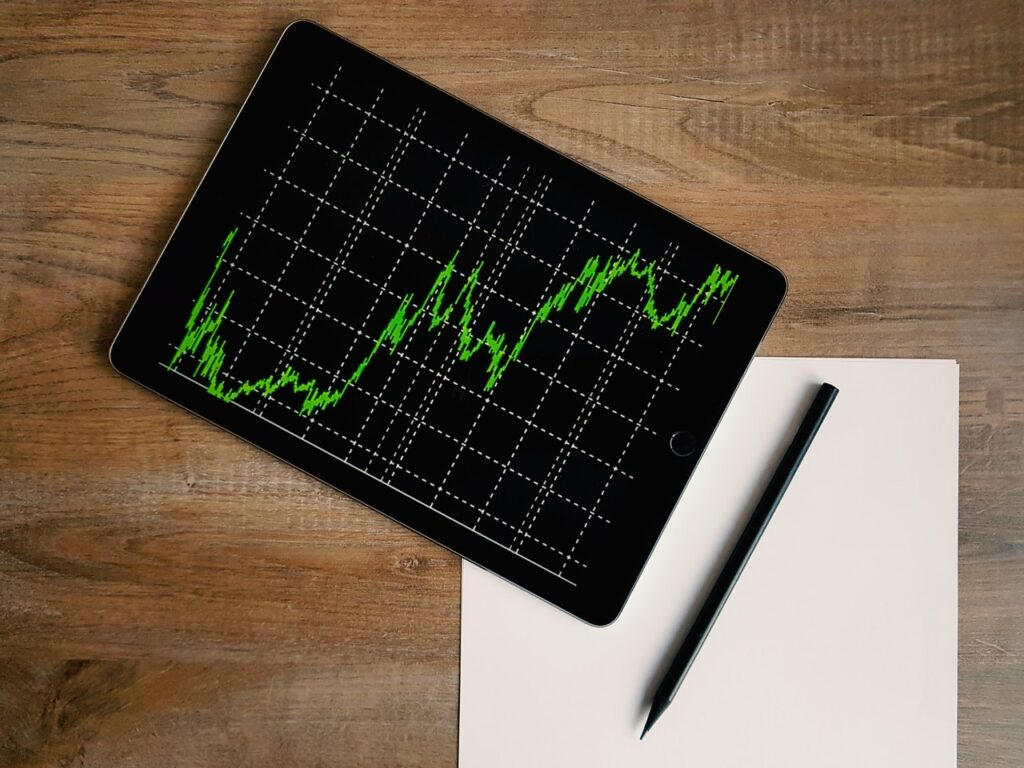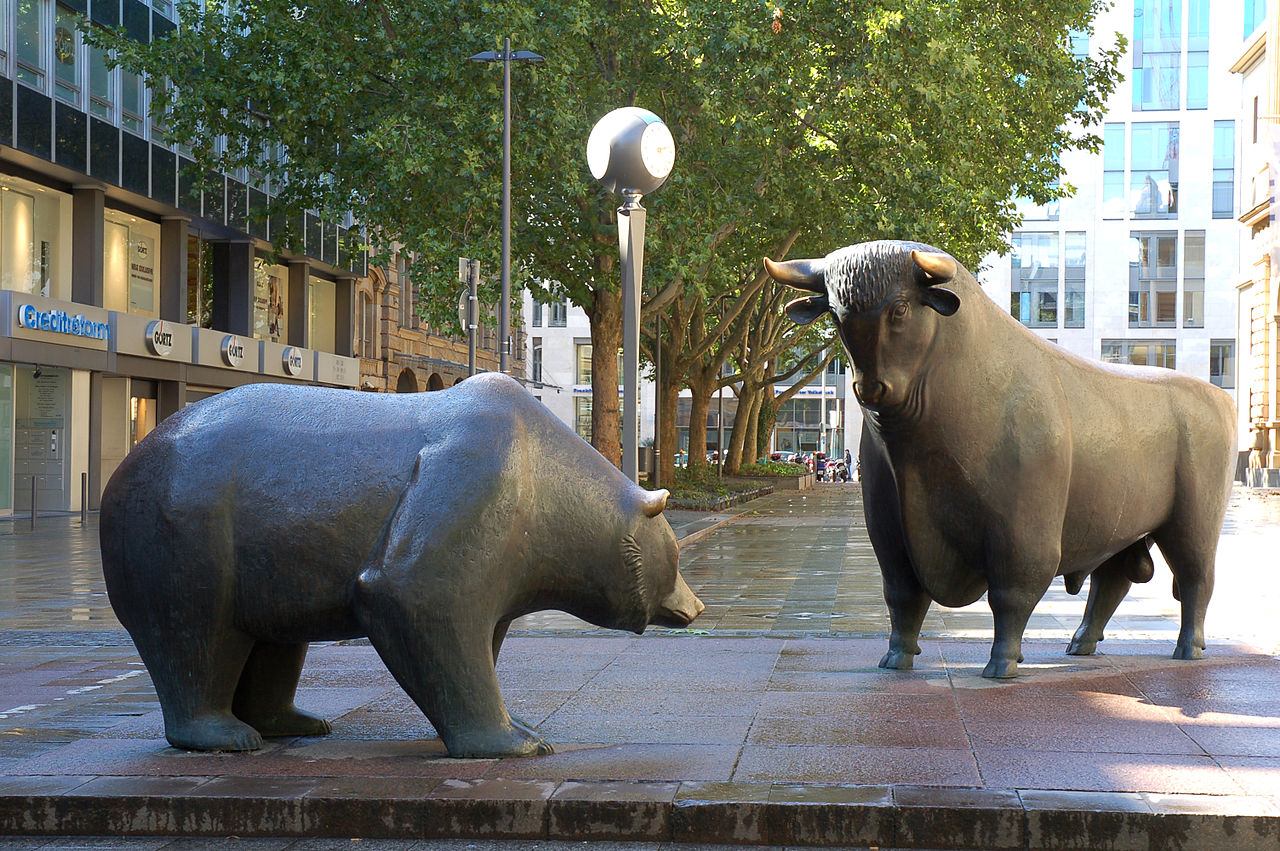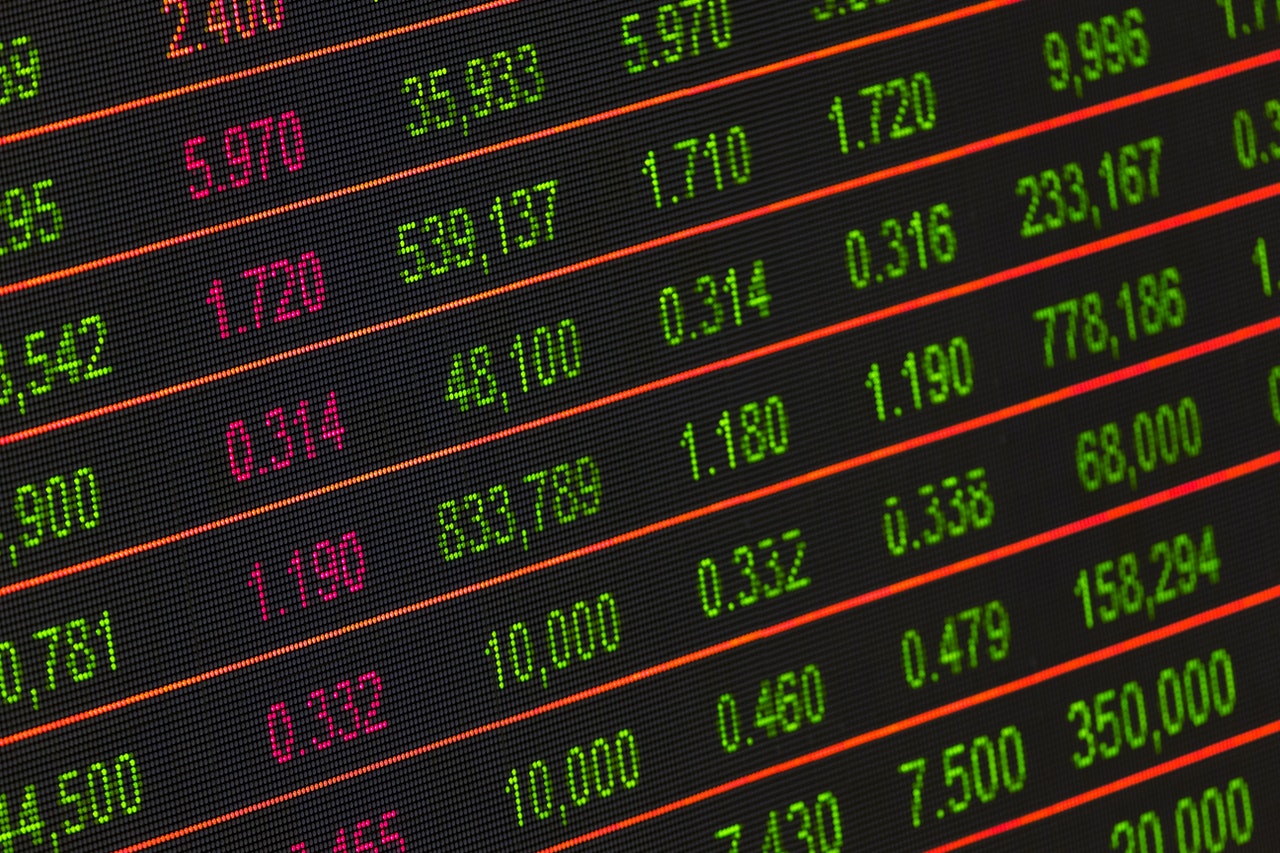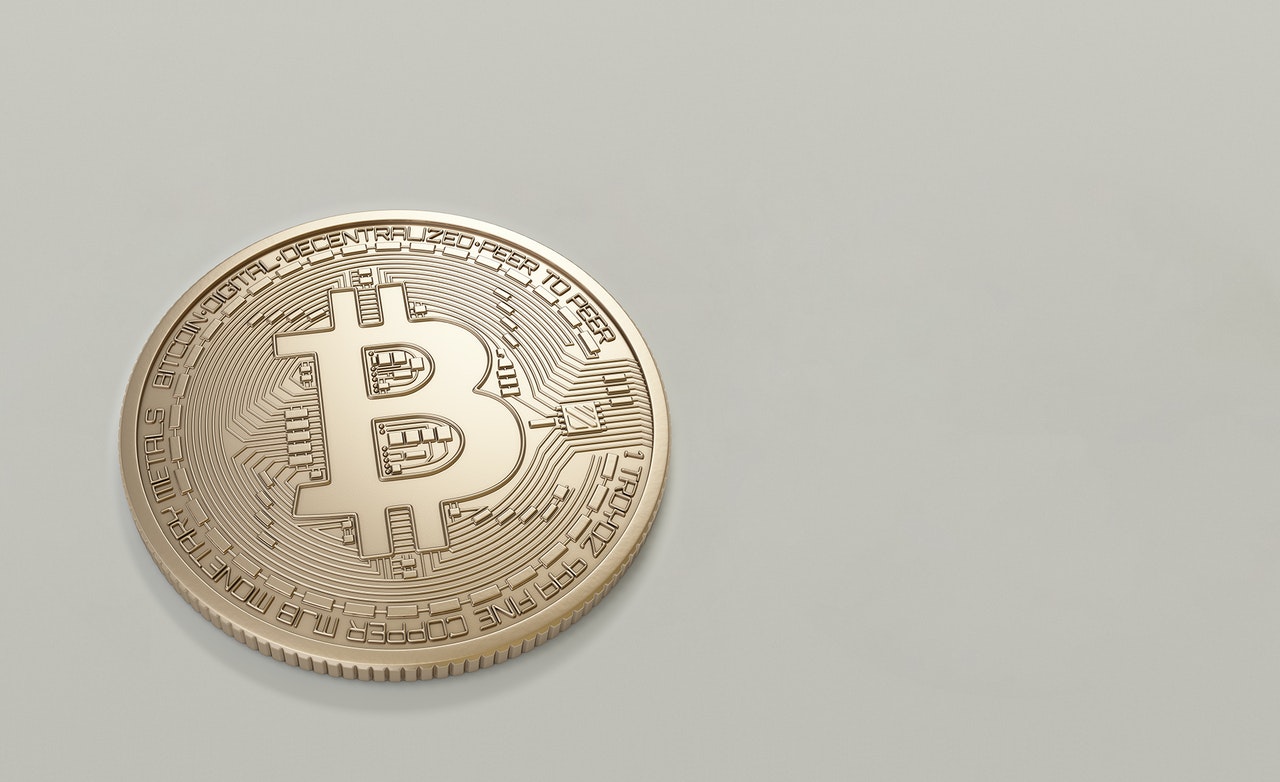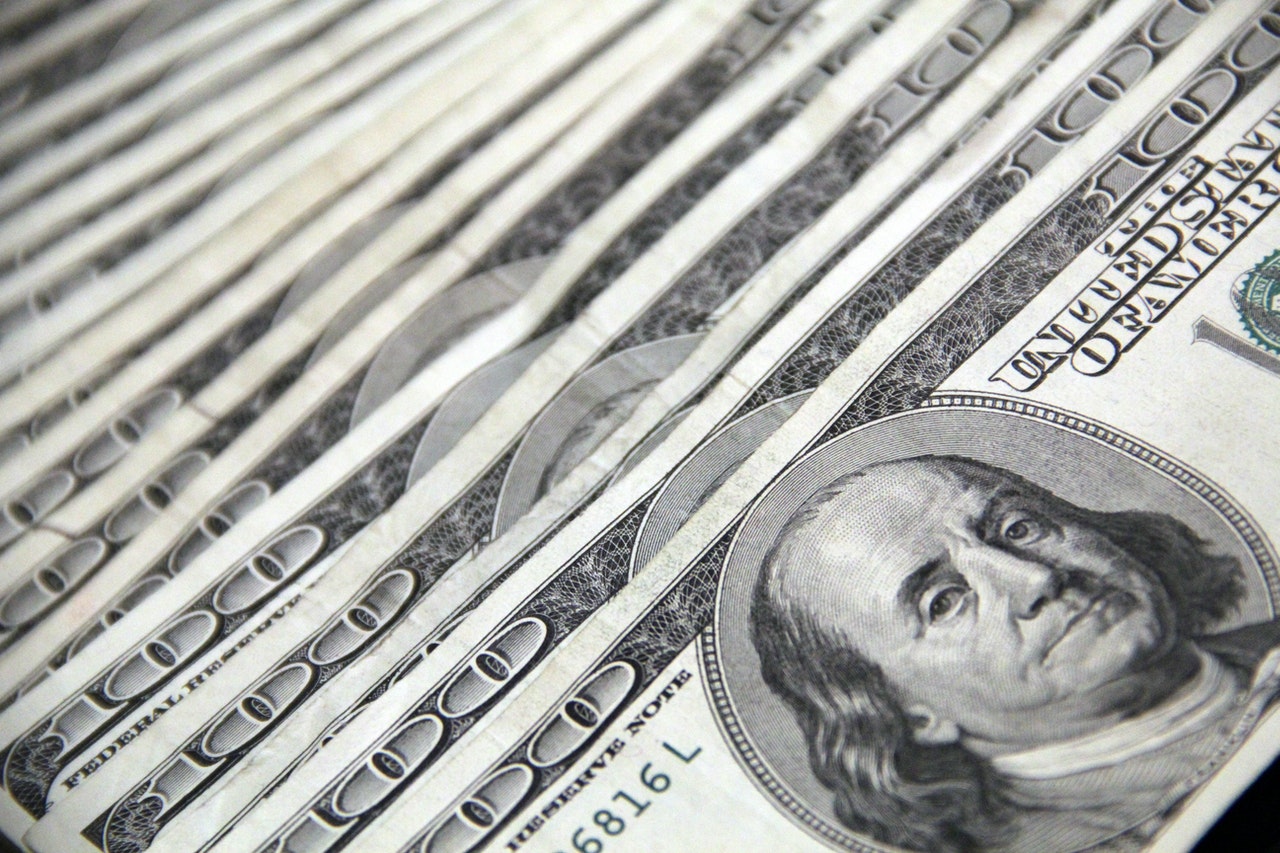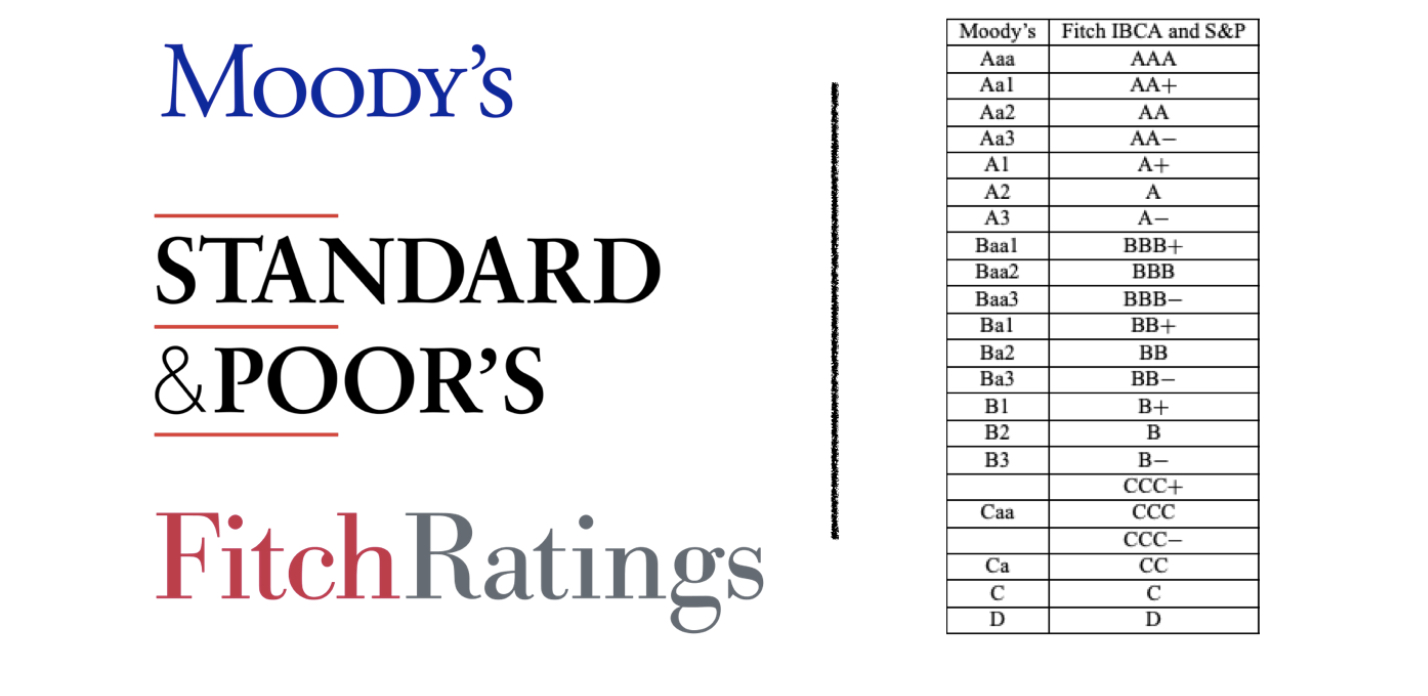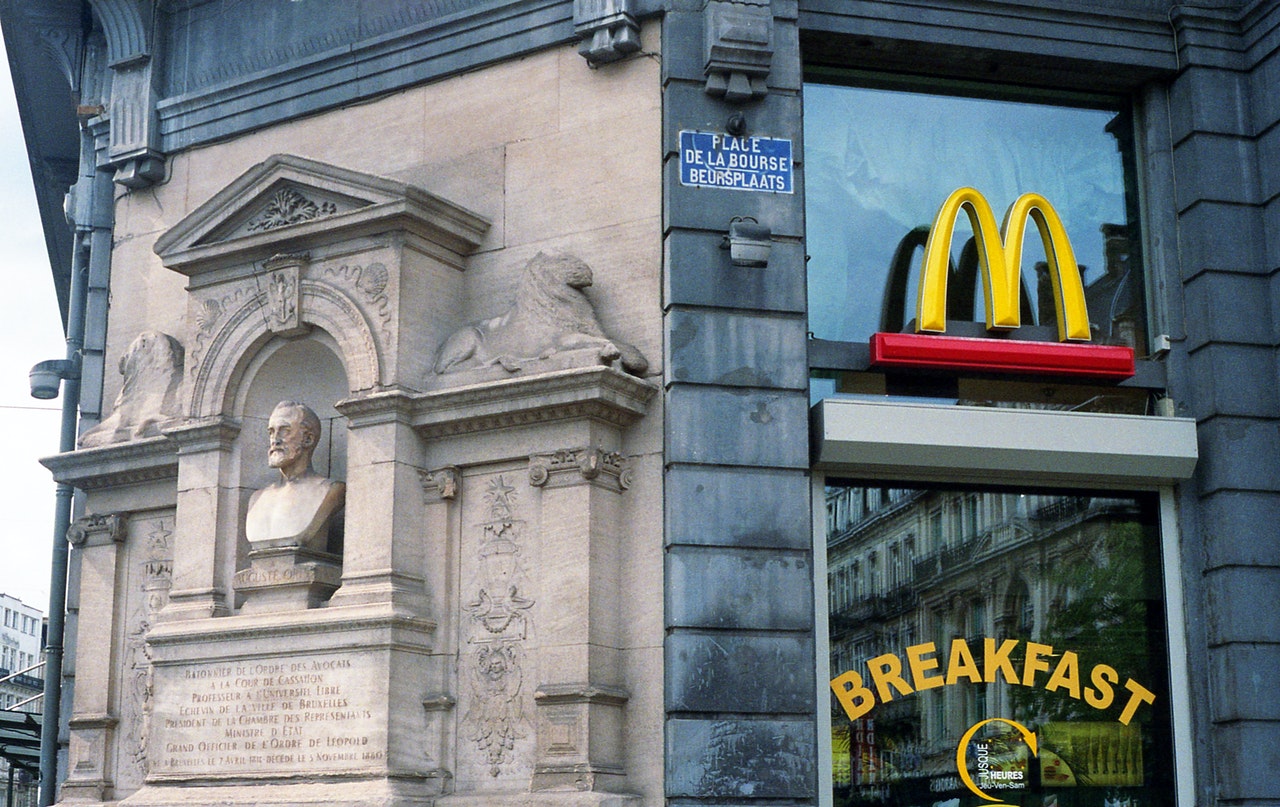Reading Time: 2 minutes
- Imagine you are sitting in a movie theatre and someone starts running towards the exit, shouting “fire”.
- Chances are that other than a couple of overly anxious people, not many people will pay attention to this person.
- Now imagine 60 people running, shouting “fire,”; most people, including you, will likely start running towards the exit.
- This is a simplified explanation of crowd psychology (sentiment), and in the stock market, it is mostly revealed through the activity and price movement of the stocks traded in that market.
- So, a good number being optimistic about their investments may easily lead some more people investing their money in the market, thereby increasing demand of the stocks and increasing their price.
- The thing about sentiment is that it is “future-looking”— people don’t run because there is fire (present); people run because otherwise, they may die (future).
- So, while whatever is happening is horrific, it is still present, and investors are investing because they feel confident of a bright future.
- And in the Indian stock market context, a few factors have triggered a positive sentiment (but whether the positive sentiment is justified or sustainable, no one can say).
- Factor 1: Strong results posted by major companies in Q4 (Jan-Mar 2021).
- Many companies had better-than-expected results in Q4, and in their results commentary, they seemed confident that business profitability would grow in the coming quarters—this gave an excellent boost to the sentiment.
- Factor 2: Governments worldwide are investing in infrastructure projects, and countries with higher production of “infra-materials” are likely to gain.
- Governments world over were already considering huge investments in infrastructure to accommodate new technologies (AI, IoT, EVs) when COVID-19 exposed the lack of health infrastructure (ambulances, hospitals, oxygen, PPE, etc.)
- E.g., as per a PwC 2018 forecast, by 2025, the annual global infra spending was to touch $9 Trillion (more than double of 2012 annual infra spending); after COVID-19, this figure may be even higher.
- India, the 2nd biggest producer of materials such as steel and cement, is “likely” to benefit immensely from this development (job creation, new businesses, etc.)
- Factor 3: Measures by RBI to tackle the COVID-19 crisis during the second wave.
- RBI recently eased lending, especially for small and medium businesses, and announced extensive measures for health-sector companies; so, investors assume that with these measures, things are going to get better.
Also Read:
What does “Sensex crossed 52000” mean?
Why is it called ‘bull’ or a ‘bear’ market?
Image courtesy of Burak Kebapci through Pexels
+3

